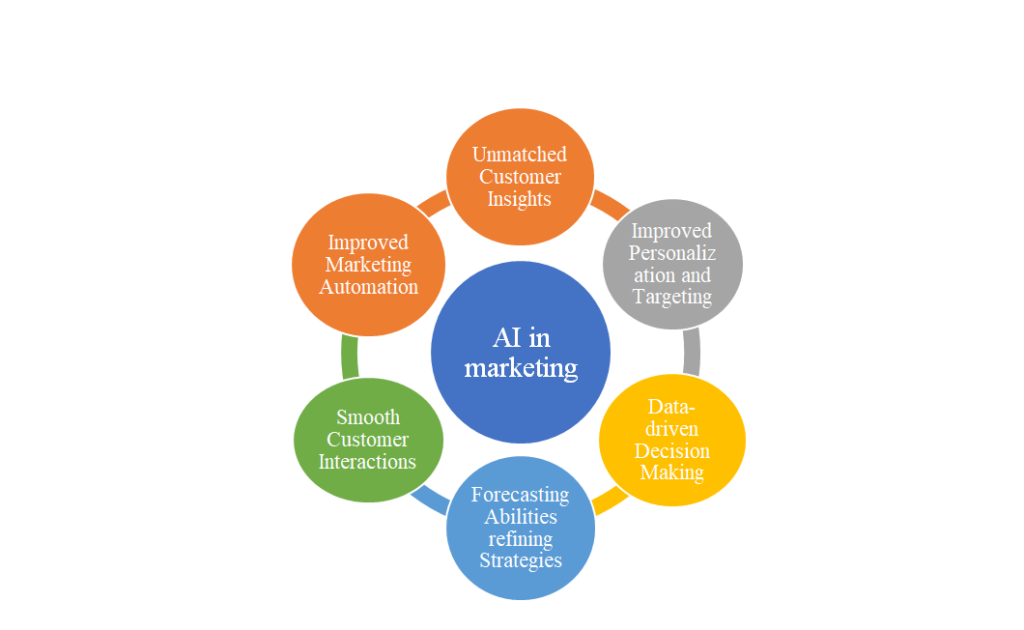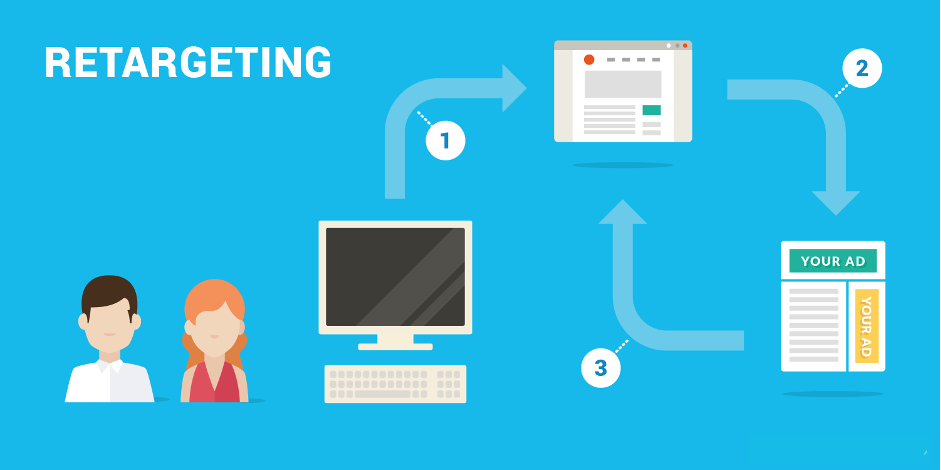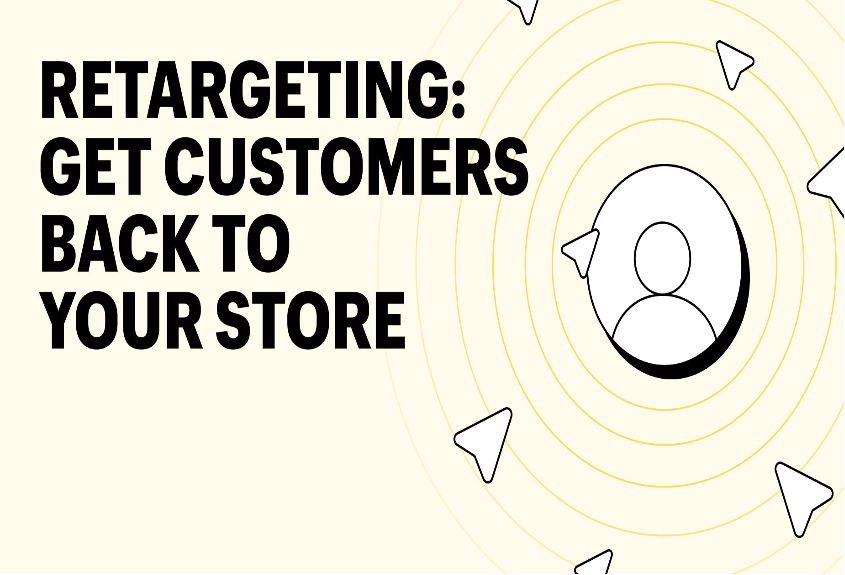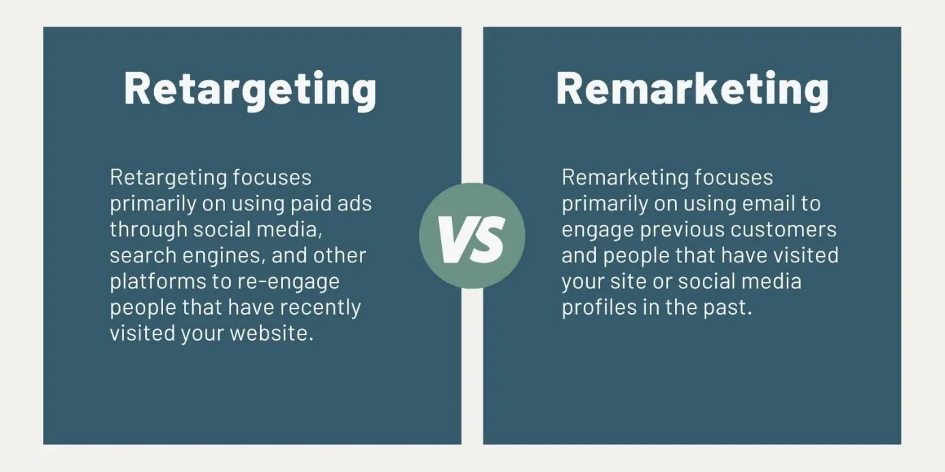How to combine social media with eCommerce platforms?
Integrating E-commerce with social media platforms have become so ubiquitous in people’s daily lives that they significantly impact their behavior and decision-making. A major change occurred when social media platforms introduced shopping capabilities. Users don’t even have to leave the apps they love to shop, study, and discover what they need. The world is changing because of people as this upgrades encompasses shoppable posts, in-app purchases and also give personalized suggestions. As a result, businesses may find a way to stay profitable in today’s dynamic digital landscape while simultaneously strengthening their connections to the customers they seek.
Key Components of Social Commerce
Shoppable posts:
Social networking sites include a plethora of shopper-friendly remarks and nowadays, marketers are continuously seeking for innovative methods to engage with their desired demographic in this highly-connected world. Shoppable postings simplify the process of purchasing products seen on popular social media platforms. Visual product showcases and attention-grabbing, clickable ads are perfect for social media shopping. This functionality allows customers to effortlessly transition from social media research to purchase, saving them a significant amount of time. Advertisers can learn more about their target audience’s interests and tailor their adverts to them with the use of shoppable post data.
In-app purchase:
Social media platforms are enhancing their user experiences by incorporating shoppable posts and in-app purchases. Shoppers are free to use whichever social media platform they find most convenient for conducting research and making purchases. Shopping has never been more convenient than with the help of social media platforms and online marketplaces. People can be easily persuaded to make a purchase through sponsored commercials, product suggestions, and brand messaging. Businesses can engage with customers across many devices and touchpoints via in-app purchases, which in turn stimulates cross-channel purchases.
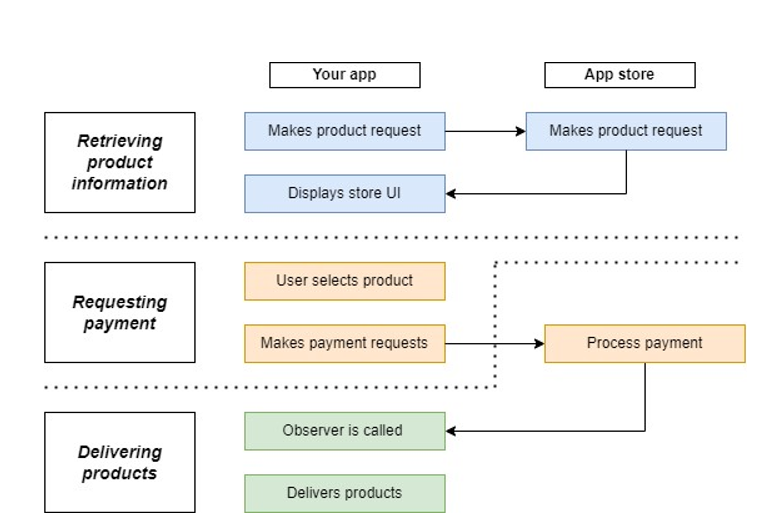
Figure 1: Procedure of in-app purchase
Social media shopping:
The term social commerce encompasses a wide range of mobile payment options, not only shoppable posts and in-app purchases. When consumers shop on social media, they may get recommendations based on their personal tastes, content made by other users, or groupings selected by industry experts. More participation from both consumers and the community is observed after the implementation of this personalized purchasing experience. People can have more faith in the products they purchase and utilize on social media shopping when they see positive reviews and other forms of social proof.
Social media impact on E-commerce
Changing consumer and corporate habits:
Due to their constant connectivity and desire for instant gratification, modern consumers anticipate fast and individualized service. By Integrating E-commerce with Social Media platforms, social commerce adjusts to the evolving demands of consumers. An ability to influence customers’ journeys from discovery to purchase is directly attributable to their collaborative efforts. Instead of searching on e-commerce sites, customers are turning to social media and they can purchase posts and sales within some social networking apps. Users are able to conduct research and price comparisons in one convenient location and the ease of use of social commerce is driving its rapid rise in popularity.
Moreover, finding products that align with their interests, values, and tastes becomes much easier with customer-generated content, personalized suggestions, and thoughtfully curated collections. Customers are more likely to remain loyal and make repeat purchases from a store that allows them to personalize their shopping experience.
Development of small businesses:
Issues may arise if social commerce does not ensure that small and niche businesses have an equal opportunity to compete. Businesses on a smaller scale may also benefit greatly from these modifications. In order to sell products online, competitors had to shell out a ton of cash on websites, instant messaging systems, and digital marketing.
Small businesses can save money, increase their customer base, and strengthen their global competitiveness by Integrating E-commerce with Social Media Platforms. If a small business does not have its own e-commerce platform, they are missing out on a huge opportunity to expand their customer base and this leads to an increase in both sales and consumer engagement. More people will be able to launch and expand their own businesses without resorting to bank loans.
Tools for inventory management, order processing, and sales tracking are available on many social commerce platforms that aid small companies in running more smoothly. As a form of community building and consumer engagement, social commerce is beneficial to small businesses in the area. Small businesses can learn more about their customers and keep them as customers with the help of trustworthy stories, user-generated content, and interactive features. There are other ways for small businesses to increase their revenue and continue expanding, but grassroots marketing is the most effective.
Data Analytics:
When consumers buy online and use social media, businesses learn a lot about their preferences, habits, and trends. They have been able to draw conclusions based on the facts thanks to this information. A company’s target market’s demographics, interests, and purchasing behaviors can be better understood with the help of this data. They may be able to use this information to enhance their products and marketing strategies. Furthermore, companies can learn a great deal about their consumers from social media shopping. New information might emerge from their interactions with the companies on social media and like, comment, share, and view are a few of these.
By closely monitoring these indicators, organizations can uncover trends and patterns and businesses might find success with this tactic by enhancing their targeting, content, and messaging. In order to monitor shoppable posts, in-app purchases, and other forms of social media shopping, social commerce systems employ advanced analytics. Key performance indicators (KPIs) like sales volume, average order value (AOV), and customer lifetime (CLV) allow businesses to gauge the efficacy of their social commerce initiatives and formulate strategic plans accordingly.

Figure 2: Impact on e-commerce
Future Trends
AR Shopping:
Augmented Reality (AR) shopping took a dramatic turn for the better by integrating E-commerce with social media platforms. Using augmented reality, consumers can virtually put on garments before purchasing them and because of this innovation, customers can now visualize how products will appear and fit in the space of their choosing. Users gain confidence in their purchase choices when they are less uncertain about them. For those who prefer to personalize or view things in person before purchasing, augmented reality shopping has the potential to be a game-changer. This category includes things like home furnishings, cosmetics, clothing, and accessories and the retail industry might be in for a major shakeup if augmented reality purchasing becomes widely used.
Wearing virtual clothes racks is now a reality, all because of augmented reality apps as well as the procedure involves the user’s actual surroundings being overlaid with virtual product images. Using this strategy can improve shopping for everyone, increase customer happiness, decrease product returns, and make customers less inclined to return products. When companies use augmented reality shopping, they reap many benefits. Businesses can differentiate themselves in a competitive market by providing an engaging shopping experience that encourages customer participation. One more way augmented reality can benefit companies is by providing a visual representation of their products’ features and benefits.
Livestreaming shopping events:
Livestreaming shopping events is becoming increasingly common in the social commerce sphere. Participating brands benefit greatly from the fact that attendees can engage in real-time conversation. It is customary to have a host at an event of this nature. Furthermore, at work, they are required to do things like answer questions, make small chat, and showcase products. Viewers of the live broadcast will also have the opportunity to peruse an online shop. Live shopping events can increase sales by limiting the number of items available and creating a sense of urgency for attendees to act swiftly.
In addition to streamlining communication with potential customers, live video allows brands to showcase their wares in a more engaging and immersive way, which is excellent for establishing credibility and trust. Live shopping events provide customers with a one-of-a-kind and entertaining experience. Enhancing the shopping experience with live hosts, personalized suggestions, and question-and-answer features makes it more engaging and relevant for the audience. Rather than waiting for other users to evaluate or provide feedback, consumers can make informed purchases through live streaming.
Consolidation of social media platforms:
As their customer bases expand, companies will need to figure out how to link their social media profiles to online storefronts. Many social media platforms facilitate communication between businesses and their target audiences, including Facebook, Instagram, TikTok, and Pinterest. Make sure their shopping experience is consistent across all of their platforms by configuring them to work together. With the help of social commerce features, brands can enhance their e-commerce platforms and reduce customer complaints. It should be easy for customers to make purchases on other platforms that offer the same features. Customers would save time and avoid re-entering their payment details by not having to return to the checkout page.

Figure 3: Social Media Platforms
By consolidating their accounts across various social media platforms, brands can take advantage of the best features offered by each. Brands can establish a deeper connection with their target audience through this, use Instagram as an illustration. Marketers can showcase their products in a captivating way that highlights people’s aspirations and lifestyles by utilizing visual storytelling tools.
CONCLUSION
Social commerce has revolutionized social media shopping by integrating well-known social media platforms. More and more social media platforms are incorporating shopping features, such as shoppable posts and in-app purchases. With these additions, companies can better understand their customers’ habits, expand their small businesses, and provide superior shopping experiences for their patrons. By utilizing these emerging technologies and social media, businesses can maintain a competitive edge in the digital market.
FAQs
Q.1 What is the role of social media as a platform for e-commerce?
Social media is an essential component of e-commerce since it provides a strong platform for consumer interaction, brand marketing, and sales generating. By using tailored advertising to interact with potential consumers based on their interests and habits, it enables firms to reach a wide and diversified audience. Social media platforms facilitate direct communication with customers by means of messages, reviews, and comments, therefore cultivating a feeling of community and trust. Furthermore, social media offers insightful information that assist companies in improving customer experience and marketing strategy
Q.2 Which social media platform is best for eCommerce?
The kind of goods you sell, your marketing approach, and your target market all influence which social media site is ideal for e-commerce. But certain platforms are unique because of their features and user bases:
- Instagram: Great for aesthetically pleasing things like cosmetics, home goods, and apparel. Users may easily find and buy things thanks to features like Instagram Shopping, shoppable posts, and stories.
- Facebook: Provides a vast and varied user base, powerful advertising capabilities, and Facebook Shops, which let companies open an online store right on the network.
- LinkedIn: The best platform for business-to-business e-commerce, as it enables companies to engage with decision-makers and experts via content marketing and targeted advertising.
- Pinterest: Excellent for items in specialized markets like DIY, fashion, and home décor. Pinterest’s shoppable pins and visual search can increase traffic to your e-commerce website significantly.
Q.3 Is social media a type of e-commerce?
Although social media is not an e-commerce platform in and of itself, it is an essential conduit for e-commerce activity. Social media platforms give companies a place to advertise their goods, interact with clients, and increase traffic to their online storefronts. Through social media platforms, people may find, interact with, and buy things directly. This is known as social commerce. With features like in-app checkout, shoppable posts, and targeted advertising, social media has become an essential component of the e-commerce ecosystem. But e-commerce goes beyond social media platforms to include a wider variety of online purchasing and selling activities.











